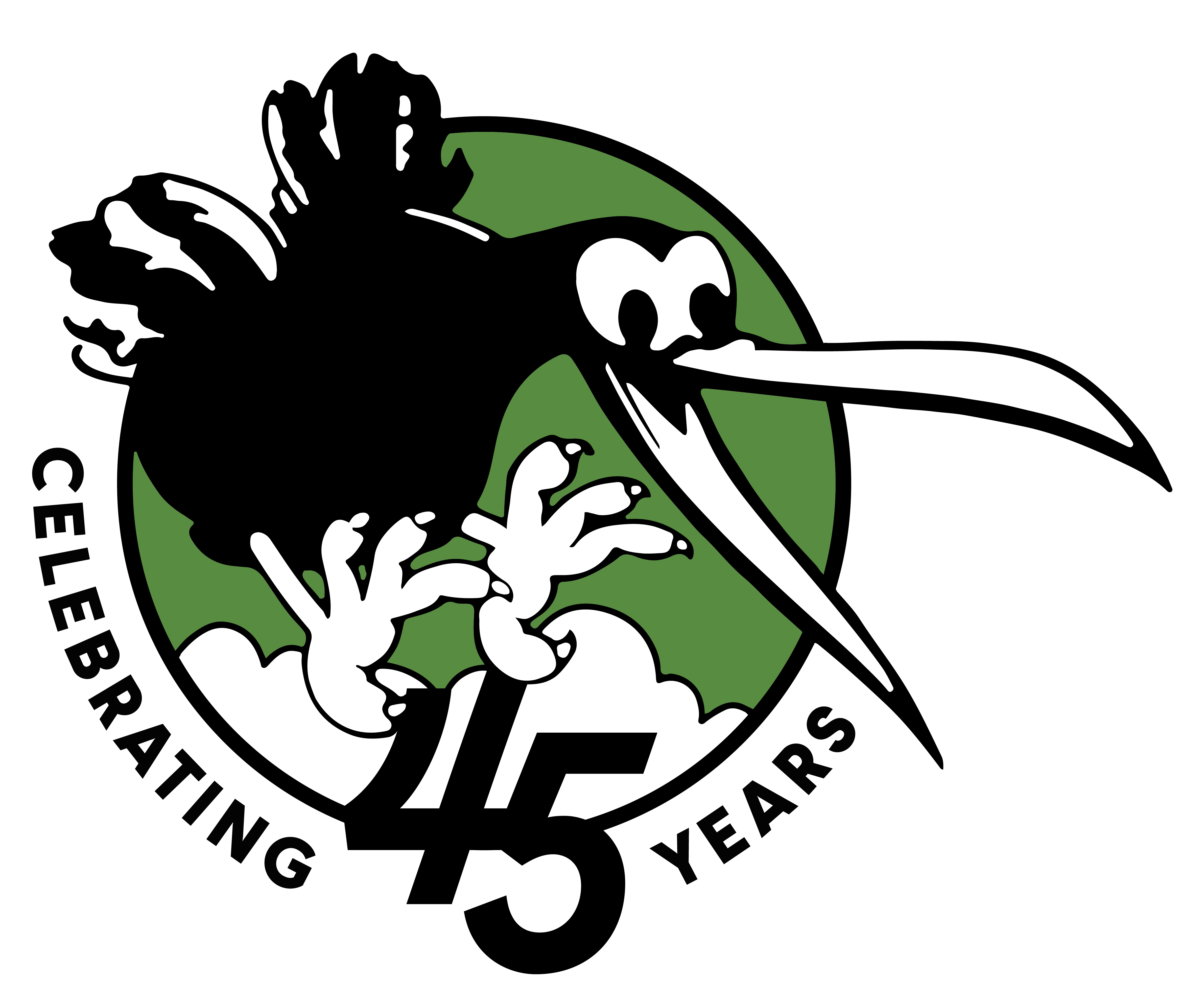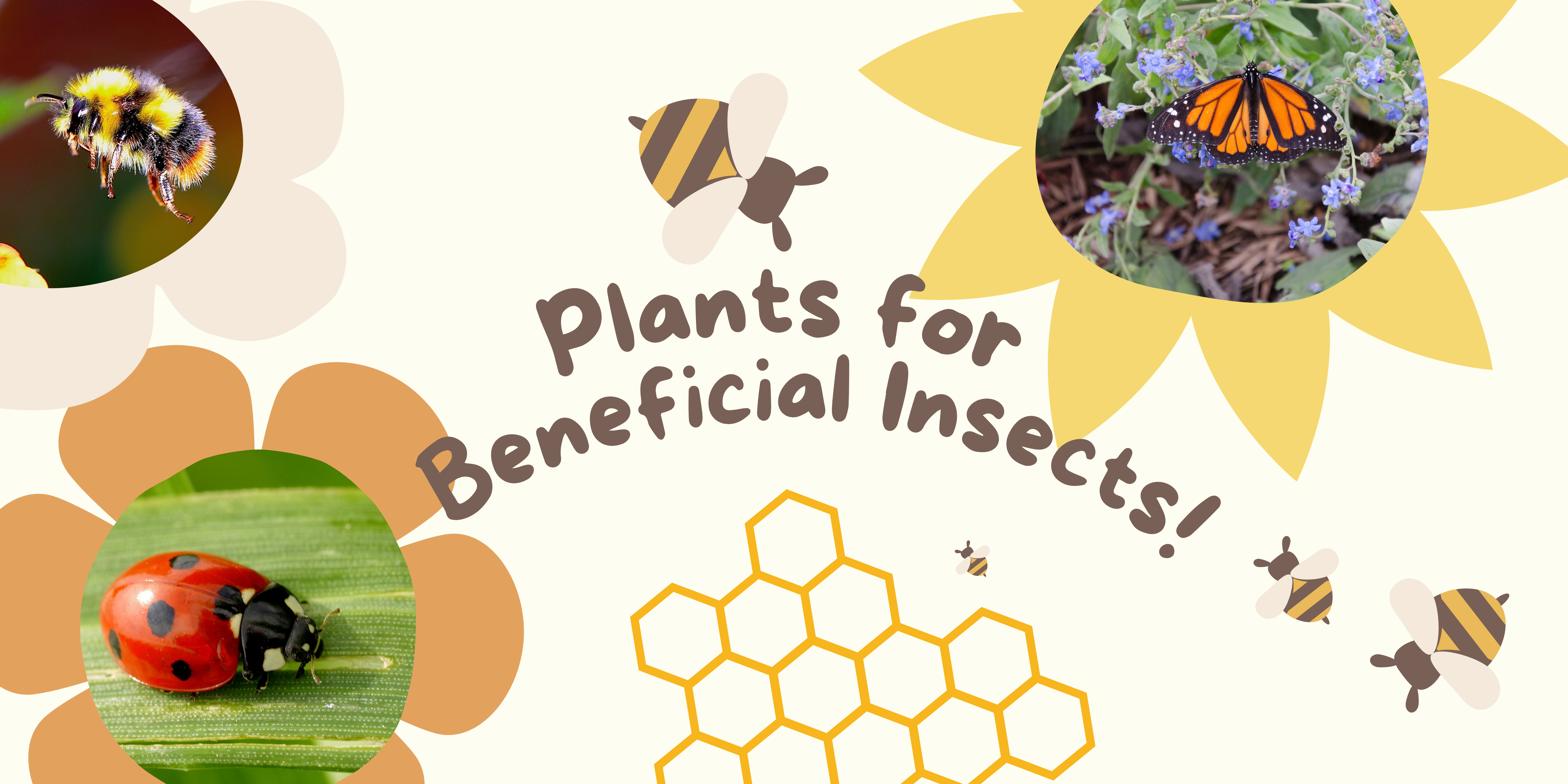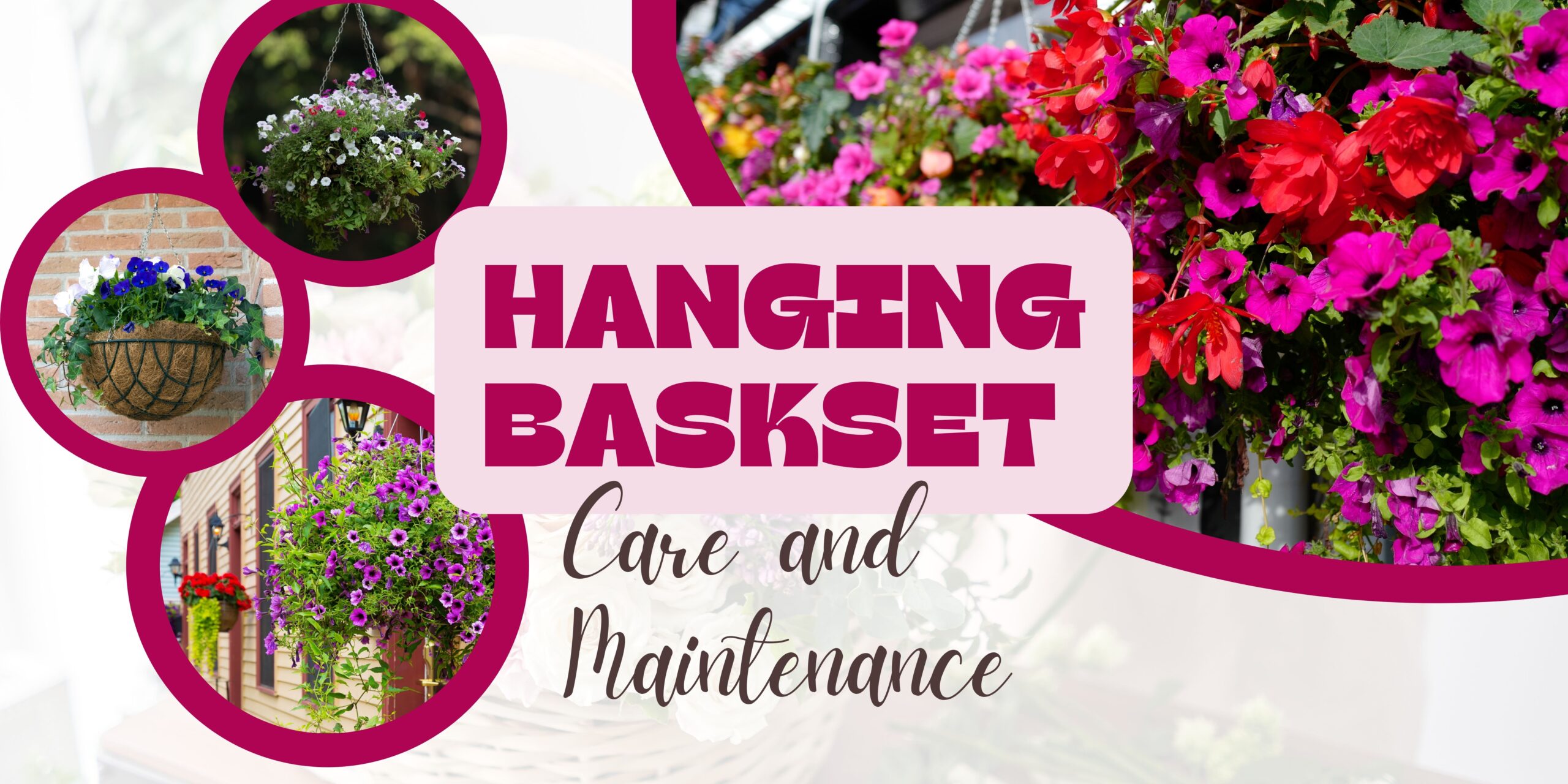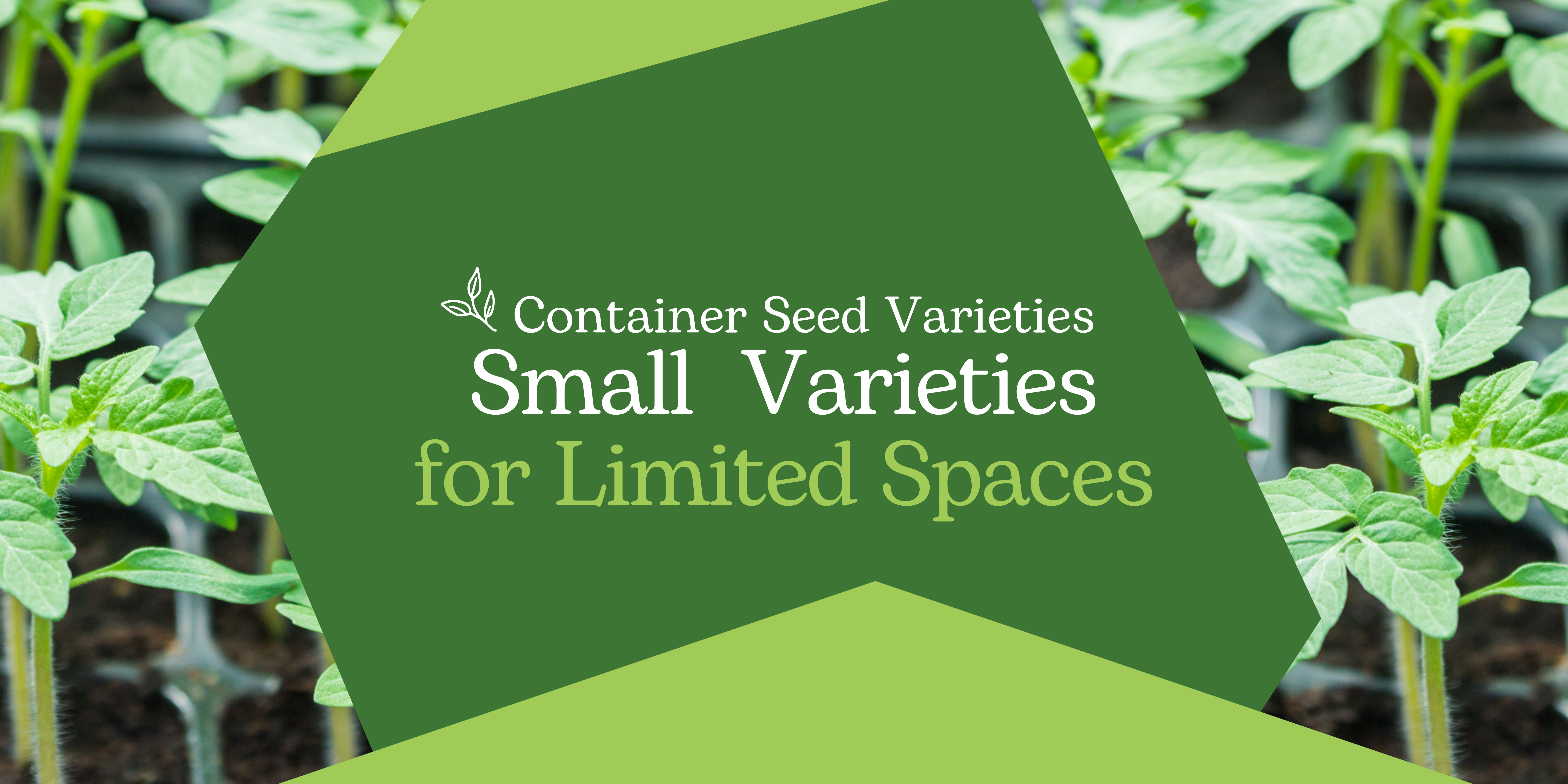What are Beneficial Insects?

Beneficial insects are insects that provide a positive service to your garden.
They fall into three categories:
Pollinators – Up to 90% of plants require some sort of animal-mediated pollination to produce fruit and reproduce. These include bees, butterflies, hummingbirds, and even sphinx moths! To learn more about pollinators you can check out our pollinator garden blog HERE
Predators – These are insects that will hunt harmful insects and prevent your plants from being eaten or damaged. This category includes ladybugs, lacewings and spiders.
Parasitizers – These are similar to predators, expect they do not eat harmful bugs but instead use these bugs as hosts for their eggs and larvae. This category includes parasitic wasps.
Plant Characteristics that Attract Beneficial Insects
A diverse garden is the best garden for beneficial insects, multiple bloom types and flowering times will provide the best food source for pollinators and habitat for predators and parasitizers. They do have some preferences if you are hoping to attract them to your garden.
Flower Shape
Densely packed compound flowers are the preference for bees as it allows them to visit many flowers in a small space and deep flowers are the preference of moths and butterflies. Pollinators are less likely to visit double flowering plants (two sets of petals on the same flower) as they will not look as recognizable to pollinators.
Flowering Time
Early flowering plants are helpful to pollinators who are coming out of winter dormancy as they will have limited food sources. Providing multiple flowering times throughout the season will ensure your pollinators have food. Ideally you want at least three types of flowers to be flowering for each month, this will provide your pollinators with a varied diet as flowers has different nutritional content to their nectar depending on the variety. Flowers also attract harmful insects and multiple flowering times will provide predators and parasitizers with a sustained food source.
Type of Plant
Perennials are preferred by pollinators over annuals. Perennials will also provide a stable generational home to other beneficial insects. Vertical diversity can also help attract beneficial insects to your hard, Trees shrubs, perennials or annuals and groundcovers can provide many homes and food sources in a smaller amount of space.
Flower Colour
Native pollinators will recognize their native species so the best colours for flowers are going to be ones they are familiar with. White, yellow and pink are the most common colours for native plants.
Other Things You Can do to Assist Beneficial Insects
Provide Homes to your Insects
Providing homes and nesting locations will help keep beneficial insects in your area, this includes leaving your leaves in piles in fall so they have a place to over winter and also making new homes for them. A great way to make some homes for solitary bees is to drill holes in wooden blocks! Be sure to provide a variety of hole sizes as male and female solitary bees have different size
Pesticides
Avoid using pesticides whenever possible, and if pesticides are necessary never spray on the flowers of your plants as it can kill your local pollinators.
requirements.
Examples of Plants for Beneficial Insects
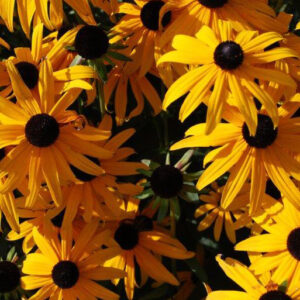
Black-Eyed Susans are long blooming providing eye-catching colour for months, decorating the landscape. An animated, widespread prairie plant that is renowned for its showy golden, orange or bicolour flowers and dark chocolate, dome-shaped cones. READ MORE
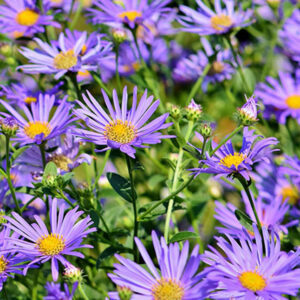
Purple Dome Aster also known as “New England Aster” and by Latin name “Symphyotrichum novae-angiae”. Bushy deep green foliage produces an abundance of medium sized daisy flowers in vibrant purple with yellow centres in late summer to fall. READ MORE
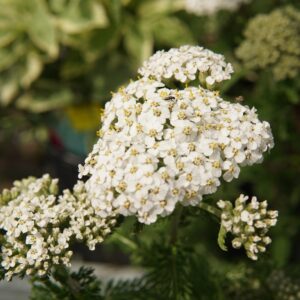
Native yarrow has a mass of small, white bloom clusters on tall stems above dark green, ferny foliage all summer. Cut back to lateral buds or basal foliage after flowering. Very tolerant of poor, dry soils, drought and air pollution. Mass, borders and naturalizing plant. READ MORE
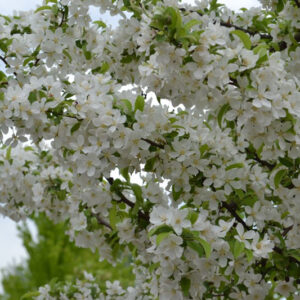
The Spring Snow Crabapple is a hardy hybrid fruitless variety with a tightly oval habit of growth. Very clean and tidy. Highly recommended for smaller residential yards. Blanketed in showy white spring flowers. Has dark green foliage throughout the season turning to yellow in fall. READ MORE
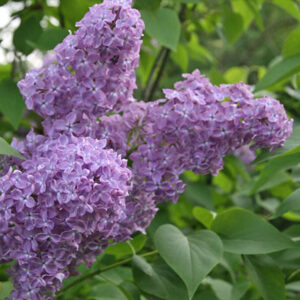
The Common Lilac is an old- fashioned homestead favourite multi-stemmed deciduous shrub with a upright, spreading habit of growth. Blanketed in panicles of single, fragrant, lavender purple blooms in late spring emerging from distinctive purple flower buds. Features dense, heart-shaped dark green foliage throughout the season turning to a yellow colour in fall. READ MORE
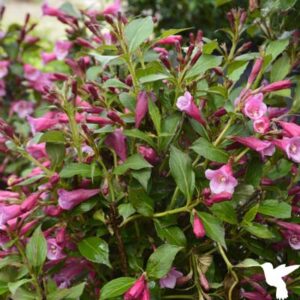
Minuet Weigela is a hardy, dwarf, multi-stemmed deciduous shrub with a compact, rounded habit of growth. An excellent spring bloomer displays scented purple-pink tubular blooms with yellow throat highlights in late spring. Features green foliage throughout the season with a purple tint. New growth emerges deep purple in spring. READ MORE
 |
| 